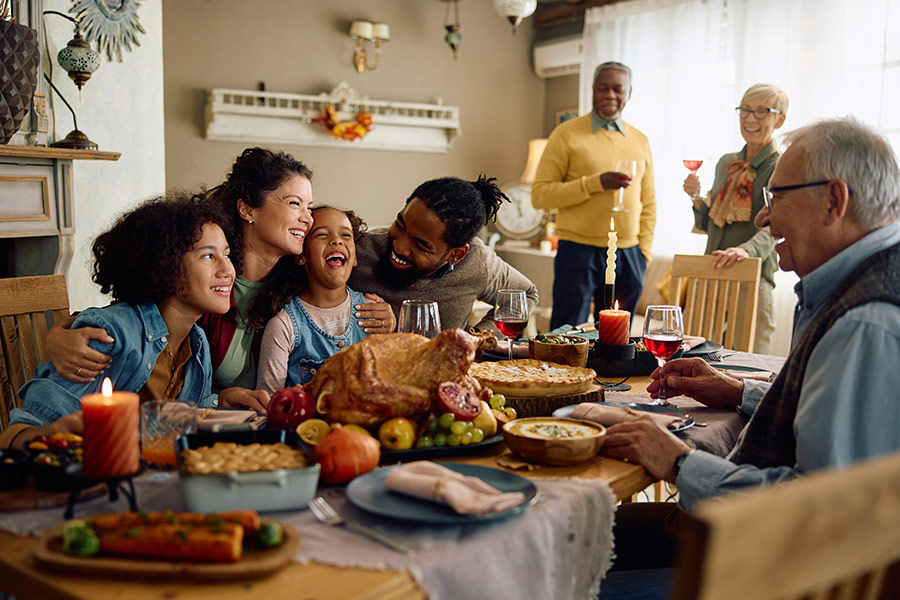Thanksgiving Day, celebrated annually on the fourth Thursday in November (this year falling on Thursday, November 28), is a major American holiday originating in 1621, where the first shared meal between newly arrived European colonists at Plymouth, Massachusetts, known as Pilgrims, and the native Wampanoag people took place. Today, the holiday is a time to give thanks for the good things in one’s life, often involving getting together with loved ones to share a festive meal.
Alongside other staples such as cranberry sauce, pumpkin pie, casseroles, and mashed potatoes, the traditional centerpiece of the Thanksgiving meal is a turkey, which is far and away the most popular symbol of the holiday. It’s so ubiquitous that, according to the U.S. Poultry and Egg Association, Americans collectively eat over 46 million turkeys every Thanksgiving. But when and why did this bird become the star of the show?

It didn’t start with the first Thanksgiving; according to the writings of colonist Edward Winslow, who attended the meal, the menu focused more on venison, vegetables such as corn and barley, and unspecified “fowl” which could have easily been ducks or geese rather than turkey.
However, turkey was quite plentiful in North America, with over 10 million wild turkeys estimated to be roaming at the time of the Pilgrims’ arrival. It quickly became a popular choice of bird raised for meat due to its size, which was enough to feed a family already and only grew larger once industrialization became widespread, and factory farming and selective breeding practices became common, in the early-to-mid twentieth century.
Its place on the Thanksgiving table, specifically, can be largely chalked up to popular culture. American author Sarah Josepha Hale was one of the most influential figures calling for Thanksgiving to become a national holiday, rather than one known mostly in New England and celebrated on varying dates by each state, writing to multiple presidents attempting to persuade them. Her 1827 novel Northwood: A Tale of New England devoted a chapter to the ideal Thanksgiving celebration, centered around a bountiful meal with a lovingly described turkey “placed at the head of the table.”

Her persistent letter-writing finally succeeded in 1863 with President Abraham Lincoln, who hit upon the declaration of a national holiday as a way to soothe and bring together a nation ravaged by the American Civil War. The popularity in America of the 1843 British novella A Christmas Carol by Charles Dickens, which notably featured a Christmas turkey in place of the usual goose, also helped plant in the minds of the public the idea that the turkey was the ideal holiday bird.
Thanksgiving is a federal holiday in the United States, so you can expect government buildings, banks, schools, and businesses to be closed or, in the case of the latter, operating on limited hours. Because many people gather with friends and family, and will often travel to do so, Thanksgiving and the days immediately before and after the holiday are some of the busiest travel days of the year, so plan your trips accordingly.
If you have any questions or concerns, feel free to contact us anytime at info@gravityintprog.com. Stay safe and healthy, and Happy Thanksgiving!






